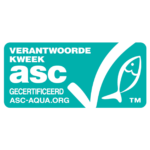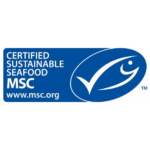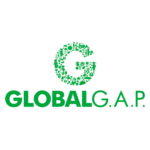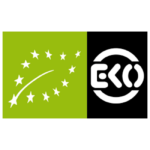Norway lobster
North Sea, Skagerrak and Kattegat (FAO 27)
Bottom otter trawl, Bottom trawls
- Jan
- Feb
- Mar
- Apr
- May
- Jun
- Jul
- Aug
- Sep
- Oct
- Nov
- Dec
Lobsters live in saltwater whilst crayfish live in freshwater habitats. Lobsters and crayfish are most often caught using pots or traps. Most lobsters are equipped with ten legs and two scissors as front legs. With these scissors, they are able to grab, cut or crack their food. Did you know lobsters and crayfish, just lie snakes, change their skin because their shell does not grow with their bodies? After changing their shell the animal grows fast and increases in weight.
There are many different lobster species. Most common are the American lobster in the north-western Atlantic ocean, and the European lobster in the north-eastern Atlantic ocean. Lobsters have a relatively slow growth rate and reach sexual maturity at a late age. Another frequently consumed lobster is the Norway lobster. This species is way smaller than the American and European lobster. This species occurs in the north-eastern Atlantic Ocean and parts of the Mediterranean sea.
The Norway lobster, or Dublin bay prawn, can be found in the north-east Atlantic Ocean on muddy sea beds, where it lives in burrows with its young. Due to very specific habitat preferences, the Norway lobster can only be found locally. This lobster mainly leaves its burrow at night, most often to feed or mate, to protect their territory, or to perform maintenance on its burrow. The Norway lobster can reach lengths of up to 24 cm but on average reach 18-20 centimetres.
North Sea, Skagerrak and Kattegat (FAO 27)
Bottom otter trawl, Bottom trawls
Atlantic Ocean, north-east (FAO 27)
Pots and traps
Atlantic Ocean, north-east (FAO 27)
Bottom otter trawl

Fish with the ASC label is farmed in a sustainable manner.

Fish with the MSC label is caught sustainably.
This fish is not being overfished or is being responsibly farmed, with minimal impact on the environment.
This fish is a second choice. There are still some improvements to be made in this fishery or fish farm.
Do not buy this fish. It's being overfished or the way it's farmed or caught has a negative impact on the environment.

There is fish available of this species that is farmed or caught using high welfare standards.

GlobalG.A.P. certified farms are doing a step in the right direction in terms of sustainability. A few species with this label are getting a better score on the VISwijzer.

Organic standards are the strictest when it comes to fish feed. They also require certain measures for animal well-being.